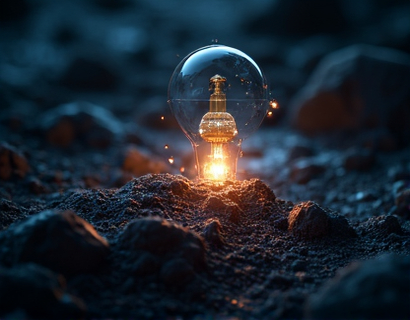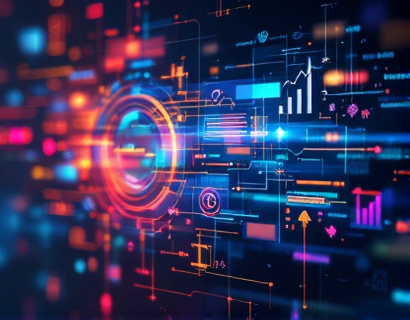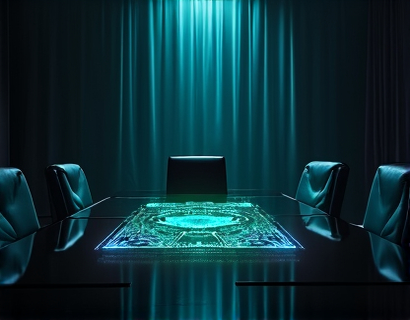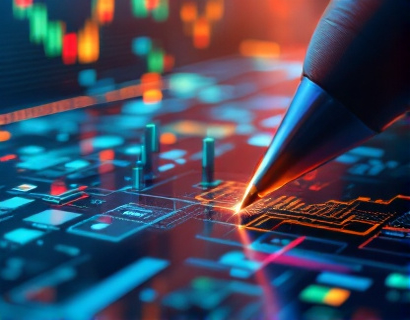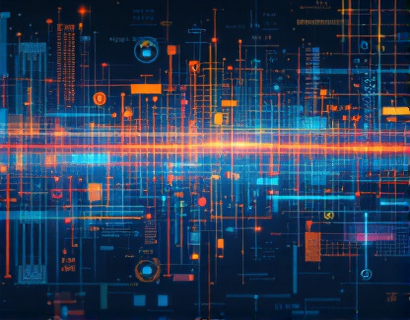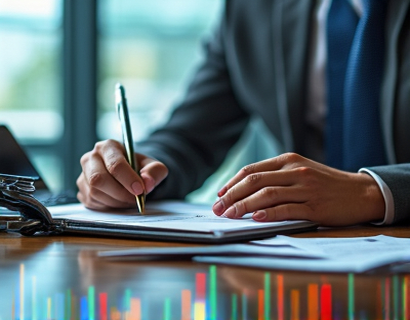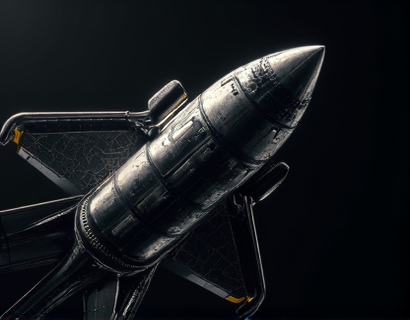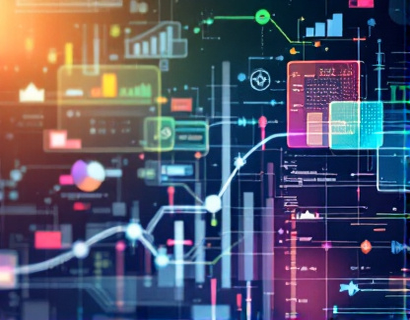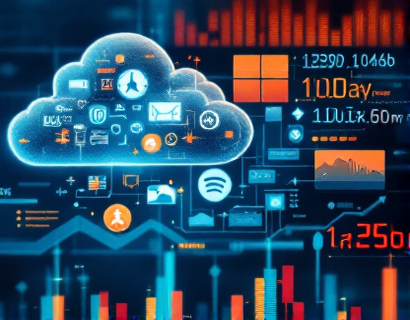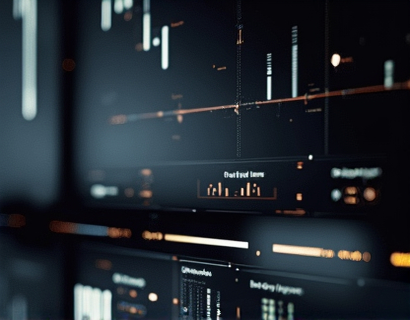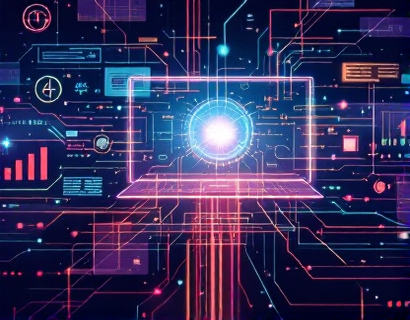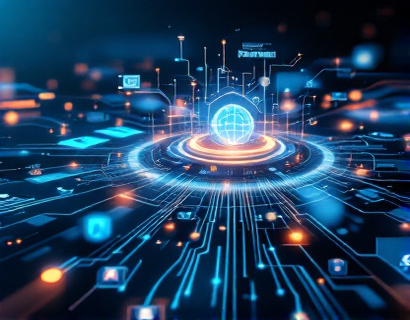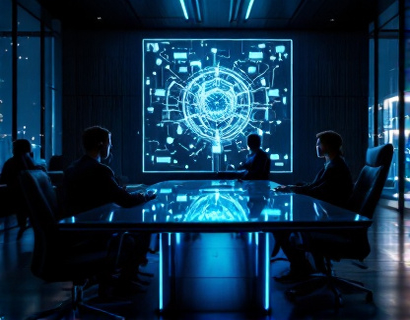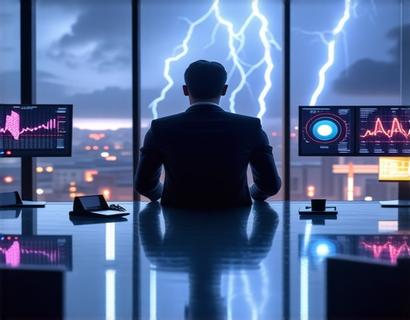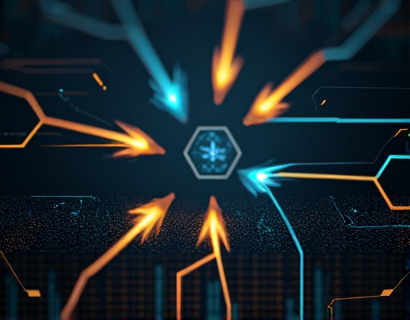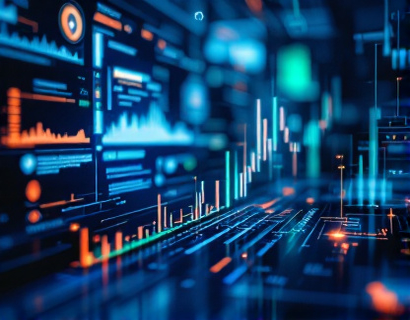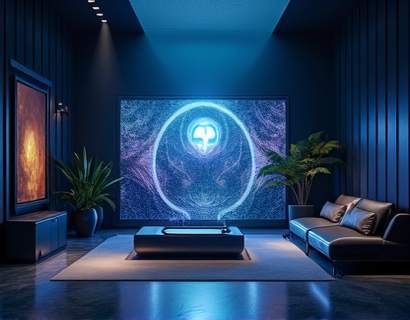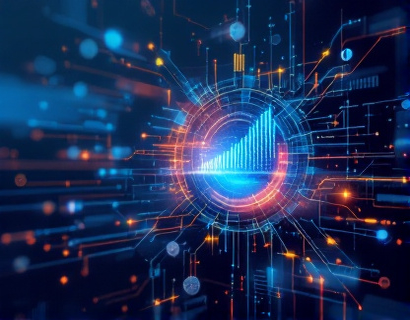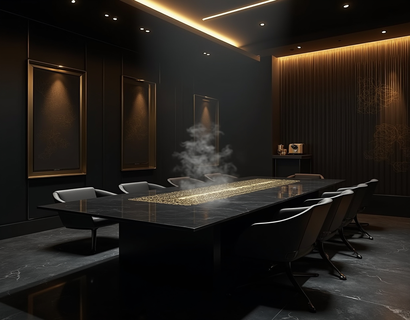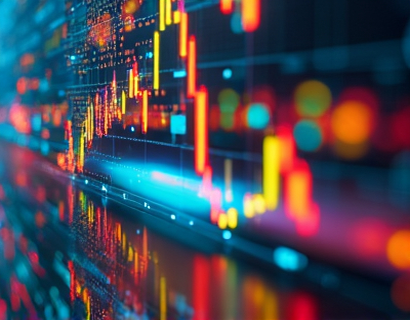Blockchain for Art: Transforming the Preservation and Tracking of Historical Artifacts through Decentralized Innovation
Blockchain technology, originally designed for financial transactions, has found a novel application in the art world, revolutionizing the way historical artifacts and artworks are tracked, authenticated, and preserved. This decentralized ledger system offers a secure, transparent, and immutable record of ownership and provenance, addressing longstanding challenges in the art and heritage management sector. By leveraging blockchain, collectors, museums, and cultural institutions can now trust and collaborate more effectively, ensuring the preservation of unique cultural treasures for future generations.
The art market has traditionally been plagued by issues of authenticity, provenance, and ownership. Forgeries, illegal trafficking, and lost or misattributed works have been persistent problems. Blockchain technology addresses these issues by providing a tamper-proof record of an artwork's history, from its creation to its current ownership. Each transaction, whether it involves the sale, loan, or exhibition of an artwork, is recorded on the blockchain, creating an unalterable chain of custody.
Enhancing Authenticity and Provenance
One of the most significant benefits of blockchain in the art world is the enhancement of authenticity and provenance. Every artwork can be assigned a unique digital identity, linked to its blockchain record. This record includes detailed information such as the artist's signature, creation date, materials used, and any previous ownership. This level of transparency makes it extremely difficult to authenticate forgeries, as any discrepancy in the blockchain record would immediately flag the artwork as suspect.
For instance, when a new piece of art is created, the artist or the first owner can create a blockchain entry that includes all relevant metadata. Subsequent transactions, such as sales or loans, are then recorded on the blockchain, updating the artwork's history. This continuous updating ensures that the provenance of the artwork is always verifiable and accurate. Collectors and institutions can thus make informed decisions based on reliable data, reducing the risk of purchasing counterfeit items.
Streamlining Ownership and Transfer Processes
Blockchain technology also streamlines the ownership and transfer processes for artworks. Traditional methods involve complex paperwork, intermediaries, and potential delays. With blockchain, these processes become more efficient and transparent. Smart contracts, self-executing contracts with the terms directly written into code, can automate the transfer of ownership once certain conditions are met, such as payment confirmation.
For example, when an artwork is sold, the smart contract can automatically update the blockchain record to reflect the new owner, issue a certificate of authenticity, and even handle the transfer of any associated insurance or legal documents. This reduces the need for intermediaries, lowering transaction costs and speeding up the process. The transparency of the blockchain ensures that all parties involved have real-time access to the latest ownership information, reducing disputes and increasing trust.
Preservation and Conservation
Beyond authentication and transfer, blockchain can play a crucial role in the preservation and conservation of historical artifacts. By maintaining a detailed and immutable record of an artifact's condition, restoration history, and environmental exposure, blockchain helps conservators and curators make informed decisions about the care and maintenance of these valuable items.
For instance, a museum could record each restoration process on the blockchain, including the materials used, the techniques employed, and the reasons for the restoration. This comprehensive history provides a valuable resource for future conservators and researchers. Additionally, blockchain can be used to monitor the environmental conditions in which artifacts are stored, such as temperature and humidity levels, ensuring they remain within optimal ranges to prevent deterioration.
Collaboration and Accessibility
The decentralized nature of blockchain fosters greater collaboration among collectors, museums, and cultural institutions. By sharing access to a common blockchain ledger, these entities can collaborate more effectively on projects, exhibitions, and research initiatives. This shared access to data promotes a more interconnected and cooperative art community, enhancing the overall preservation and appreciation of cultural heritage.
For example, a consortium of museums could use a blockchain platform to co-manage a shared collection of artifacts. Each institution would have access to the same verified information about the artifacts, including their provenance and condition. This transparency and shared responsibility can lead to more coordinated efforts in conservation and exhibition planning, benefiting all parties involved.
Challenges and Considerations
Despite its numerous advantages, the integration of blockchain in the art world is not without challenges. One significant issue is the technical complexity of blockchain technology, which may be a barrier for some institutions and individuals. Education and training are essential to ensure that all stakeholders can effectively utilize blockchain solutions.
Another challenge is the scalability and interoperability of blockchain platforms. As the number of artworks and transactions increases, the blockchain network must be able to handle the load efficiently. Additionally, different blockchain platforms need to be compatible to facilitate seamless data sharing and collaboration across the industry.
Privacy concerns also arise, as the transparency of blockchain can sometimes conflict with the need for confidentiality in certain transactions. Solutions such as private blockchains or zero-knowledge proofs can help address these privacy issues while maintaining the integrity of the system.
Future Prospects
The future of blockchain in the art world is promising, with ongoing developments likely to further enhance its capabilities. As more institutions adopt blockchain technology, the ecosystem will become more robust and user-friendly. Innovations in blockchain, such as layer 2 solutions and cross-chain interoperability, will address current limitations, making the technology more accessible and efficient.
Moreover, the integration of blockchain with other emerging technologies, such as the Internet of Things (IoT) and artificial intelligence (AI), can lead to even more sophisticated solutions for art preservation and management. For example, IoT devices can provide real-time data on an artifact's environment, which can be automatically recorded on the blockchain. AI can analyze this data to predict potential issues and suggest proactive measures for conservation.
In conclusion, blockchain technology is transforming the preservation and tracking of historical artifacts and artworks, offering a secure, transparent, and efficient solution to longstanding challenges. By enhancing authenticity, streamlining processes, and fostering collaboration, blockchain is helping to safeguard cultural treasures for future generations. As the technology continues to evolve, its role in the art world will only become more significant.



